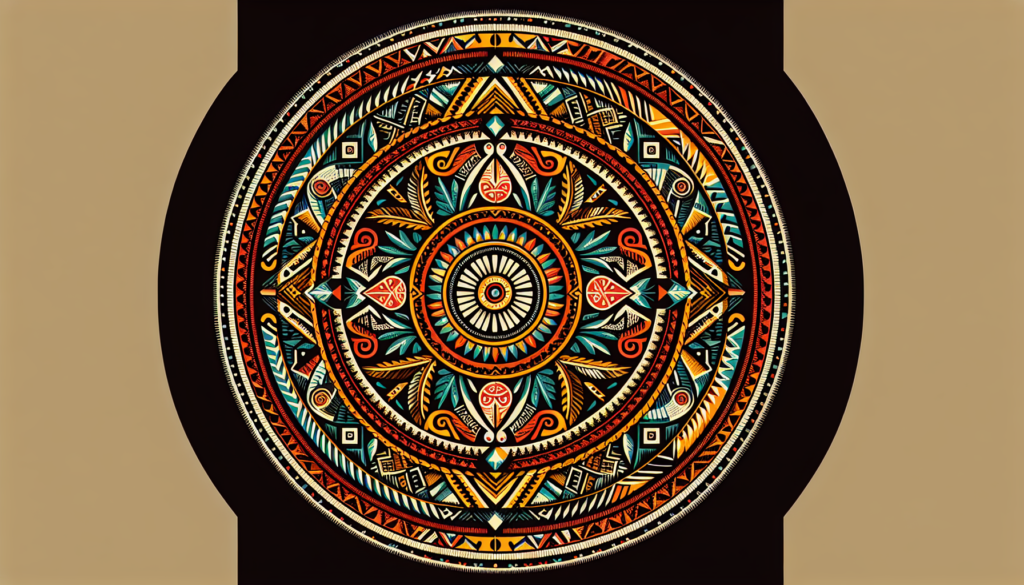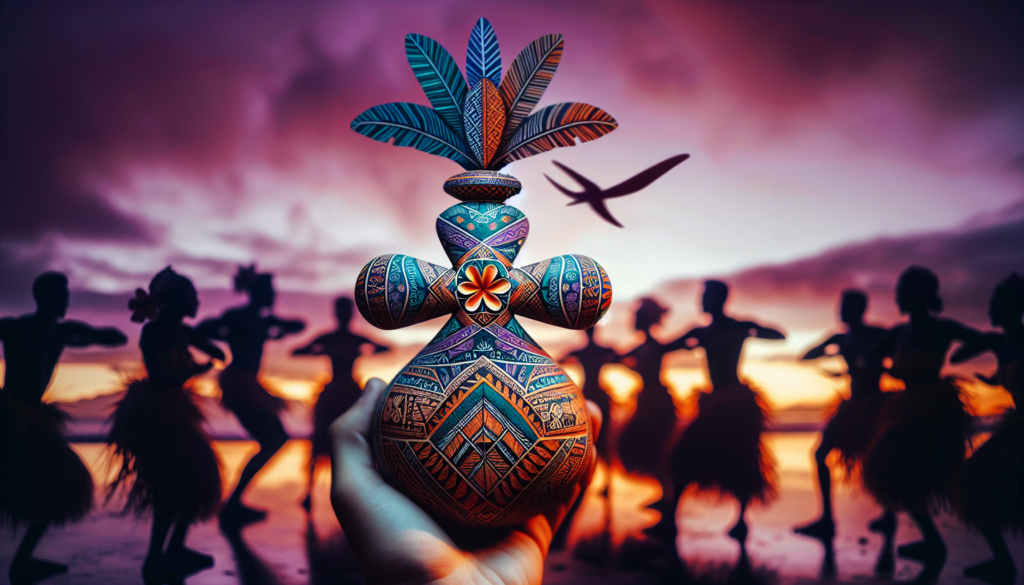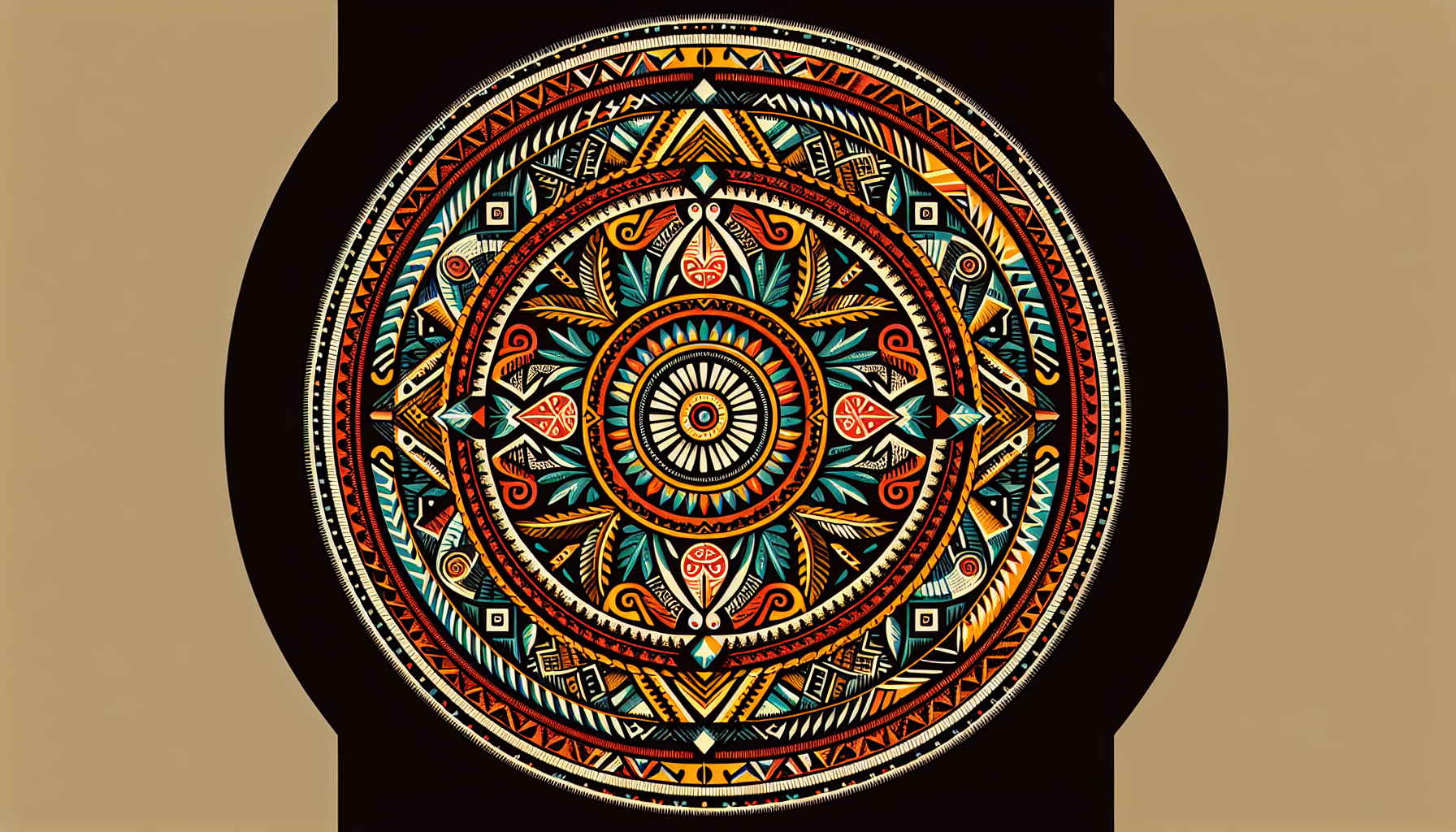Imagine stepping foot on a land where captivating traditions, mesmerizing folklore, and vibrant festivities abound. Embark on a journey to explore the unique culture of Polynesia, a place where ancient customs are kept alive, and the spirit of aloha flows through every interaction. From the rhythmic beats of traditional Tahitian drumming to the graceful hula dances of Hawaii, Polynesia offers an enchanting tapestry of diverse cultures, each with its own distinctive heritage. Prepare to be immersed in a world where storytelling through intricate tattoos, outrigger canoe races, and lavish feasts create an atmosphere unlike any other. Let the warmth of the Polynesian people envelop you as you delve into the rich tapestry of their traditions and customs, creating memories that will last a lifetime.
Origins of the Polynesians
Austronesian Ancestry
The origins of the Polynesians can be traced back to their Austronesian ancestry. The Austronesians were a seafaring people who originated from what is now Taiwan around 4,000 years ago. They spread out across the Pacific, settling in various island groups such as Micronesia, Melanesia, and ultimately Polynesia. Through their migration, the Austronesians brought with them their cultural practices, linguistic traditions, and unique way of life.
Migration to Polynesia
The migration of the Austronesians to Polynesia is a remarkable feat of human exploration. Over thousands of years, they traversed vast distances in their double-hulled canoes, navigating using the stars, winds, and currents. It is believed that their knowledge of navigation and seamanship allowed them to successfully colonize the far-flung islands of Polynesia, such as Hawaii, New Zealand, Samoa, Tahiti, and Easter Island. This incredible journey showcases the Polynesians’ adventurous spirit and their deep connection with the ocean.
Polynesian Islands
Geographical Distribution
The Polynesian islands are scattered across the vast expanse of the Pacific Ocean, forming a triangle with Hawaii in the north, New Zealand in the southwest, and Easter Island in the east. This vast area encompasses numerous islands and archipelagos, each with its own unique culture and traditions. Despite the geographical dispersion, these islands share commonalities in terms of language, customs, and a strong connection to the ocean.
Key Polynesian Islands
Among the many Polynesian islands, several stand out as key cultural and historical centers. Hawaii, known for its stunning natural beauty and vibrant indigenous culture, has become synonymous with Polynesia itself. New Zealand, with its rich Maori heritage and breathtaking landscapes, is another prominent Polynesian island. Samoa, renowned for its traditional dances and warm hospitality, holds a special place in Polynesian culture. Tahiti, often considered the cultural heart of Polynesia, is famous for its captivating music, dance, and art. Finally, Easter Island, home to the iconic moai statues, is a testament to the Polynesians’ ingenuity and artistic prowess.

Language and Communication
Polynesian Languages
The Polynesian languages form a distinct branch of the Austronesian language family. Despite the geographical distance between different Polynesian islands, the languages share many similarities, indicating their common origin. Languages such as Hawaiian, Samoan, Maori, and Tahitian are all examples of Polynesian languages. The Polynesians’ linguistic heritage is an integral part of their cultural identity and serves as a means of preserving their ancestral knowledge, stories, and traditions.
Oral Tradition and Storytelling
The Polynesians have a rich tradition of oral storytelling, passing down their history, myths, and legends from generation to generation. Through their captivating tales, the Polynesians provide insights into their worldview, values, and the significance of their connection with the natural world. Storytelling plays a crucial role in preserving Polynesian culture and serves as a means of transmitting knowledge and wisdom from the past to the present.
Traditional Polynesian Religion
Ancestor Worship
Ancestor worship is a central aspect of traditional Polynesian religion. The Polynesians believe in the power and influence of their ancestors, who are viewed as spiritual guardians and intercessors. Rituals and ceremonies are conducted to honor and seek guidance from these ancestral spirits. These practices serve to strengthen the bond between the living and the departed, ensuring the continuity of the community and the preservation of its cultural heritage.
Nature and Deities
Polynesian religion also encompasses a deep reverence for nature and a belief in various deities associated with natural elements. Gods and goddesses such as Pele (the Hawaiian goddess of fire and volcanoes), Tangaroa (the Polynesian god of the sea), and Tāne Mahuta (the Maori god of forests and birds) are revered and worshipped. The Polynesians’ close relationship with the natural world is reflected in their rituals, ceremonies, and daily practices.

Art and Craftsmanship
Tā Moko (Tattooing)
Tā Moko, the traditional form of tattooing among the Polynesians, is both a form of artistic expression and a cultural identifier. Tā Moko designs, which consist of intricate patterns and symbols, vary across different Polynesian islands and tribes. These tattoos hold deep spiritual and cultural significance, representing one’s ancestry, social status, and personal achievements. Tā Moko is not only a form of body adornment but also a way of preserving Polynesian cultural heritage and celebrating the beauty of ancient artistry.
Weaving and Textiles
Weaving and textiles play an essential role in Polynesian culture. The Polynesians are renowned for their intricate weaving techniques and the creation of beautiful textiles using materials such as pandanus leaves and coconut fiber. These woven masterpieces are used for various purposes, including clothing, mats, baskets, and ceremonial items. The art of weaving is passed down through generations, ensuring that this ancient craft continues to thrive and be appreciated in contemporary Polynesian society.
Music and Dance
Traditional Instruments
Music and dance are integral to the Polynesian way of life. Traditional Polynesian music is characterized by rhythmic beats, harmonious melodies, and the use of unique instruments. Instruments such as the ukulele, pahu (drum), pūtātara (conch shell trumpet), and pahu tāonga pūoro (Maori musical instruments) are commonly used in Polynesian musical performances. These instruments, along with the mesmerizing voices of the singers, create a vibrant and captivating ambiance that reflects the Polynesians’ deep connection with their cultural roots.
Hula and Siva
Hula, the traditional dance of Hawaii, and Siva, the traditional dance of Samoa, are two iconic Polynesian dance forms. Hula combines graceful movements, storytelling, and chants or songs, depicting the stories and legends of the Hawaiian people. Siva, on the other hand, is characterized by energetic hip movements and rhythmic footwork, showcasing the joyous and celebratory nature of Samoan culture. These dances serve as powerful expressions of Polynesian identity, preserving their histories and embodying the spirit of their people.
Cuisine and Traditional Food
Taro and Sweet Potatoes
Taro and sweet potatoes are staple crops in traditional Polynesian cuisine. Taro, a starchy root vegetable, is versatile and can be prepared in various ways, including boiling, baking, or pounding it into poi, a soft and creamy dish. Sweet potatoes, known for their sweet and earthy flavor, are often roasted or steamed. These indigenous crops have sustained Polynesian communities for centuries and continue to be an essential part of their culinary heritage.
Cooking Methods and Ingredients
Polynesian cooking methods often involve the use of traditional underground ovens, known as a lovo, umu, or hangi. These ovens, made by digging a pit and heating stones over a fire, are used to slow-cook meats, fish, and vegetables, infusing them with rich flavors. Polynesian cuisine makes use of an array of ingredients, including coconut milk, taro leaves, fresh seafood, tropical fruits, and various local herbs and spices. The combination of these ingredients and cooking techniques results in a diverse and flavorful cuisine that reflects the Polynesians’ close relationship with their natural surroundings.
Clothing and Adornments
Traditional Attire
Traditional Polynesian attire is a beautiful reflection of the culture’s vibrancy and connection to nature. For both men and women, the attire often consists of woven fabrics, such as tapa cloth and mats, adorned with intricate patterns and designs. Women may wear grass skirts and flower crowns, while men may don loincloths and feathered headpieces for ceremonial occasions. The traditional clothing not only showcases the Polynesians’ creativity and craftsmanship but also serves as a visual representation of their cultural pride.
Shell and Feather Jewelry
Shell and feather jewelry holds great cultural and spiritual significance in Polynesian society. These natural materials are meticulously crafted into necklaces, bracelets, earrings, and hair adornments, often incorporating symbolic patterns and colors. The jewelry not only serves as a form of personal adornment but also holds deeper meanings, such as protection, mana (spiritual power), and connection to ancestral spirits. Each piece of shell and feather jewelry is a testament to the Polynesians’ artistic skill and their deep reverence for the natural world.
Navigation and Seamanship
Polynesian Voyaging
The Polynesians’ expertise in navigation and seamanship is legendary. Using their knowledge of the stars, winds, currents, and natural phenomena, they were able to navigate vast stretches of the Pacific Ocean. Polynesian voyagers relied on celestial navigation, observing the position of stars and constellations to determine their course. Additionally, they paid close attention to subtle signs from nature, such as the movement of birds and marine life, to guide their way. This remarkable skill allowed the Polynesians to explore, settle, and establish thriving communities across the vast Polynesian Triangle.
The Art of Wayfinding
Wayfinding, the Polynesian art of navigating the open ocean without the use of instruments, is a true testament to the deep connection Polynesians have with the natural world. Wayfinders trained from a young age, honing their ability to observe and interpret signs from nature. They relied on their keen intuition and knowledge of the ocean’s behavior, such as wave patterns and cloud formations, to find their way. This ancient art of wayfinding is still practiced and celebrated today, keeping the Polynesian traditions and ancestral knowledge alive.
Contemporary Polynesian Culture
Influence of Western Culture
In contemporary times, Polynesian culture has undergone changes due to the influence of Western culture. Contact with European explorers, colonizers, and missionaries brought about new technologies, religions, and societal practices, influencing various aspects of Polynesian life. While Polynesians have embraced certain elements of Western culture, they have also managed to maintain a strong sense of identity and preserve their traditions.
Preservation of Traditions
Despite the influence of Western culture, Polynesians remain steadfast in their efforts to preserve and promote their unique cultural heritage. They actively engage in cultural revival initiatives, such as language revitalization programs, traditional arts and crafts workshops, and storytelling events. Additionally, Polynesian festivals and celebrations serve as important platforms for showcasing and passing down traditional practices to younger generations. By continuing to preserve their traditions, the Polynesians ensure the longevity and relevance of their rich cultural tapestry in today’s world.
In conclusion, the Polynesians’ fascinating origins, vibrant islands, unique language and communication, rich religious beliefs, skilled craftsmanship, captivating music and dance, flavorful cuisine, distinctive attire, navigational prowess, and contemporary cultural preservation efforts all contribute to the rich tapestry of Polynesian culture. This extraordinary culture, deeply rooted in the traditions of the past, continues to thrive and inspire people around the world with its beauty, resilience, and deep connection to the natural world. So, take the time to explore and appreciate the unique culture of Polynesia, and let it transport you to a world of adventure and wonder!

